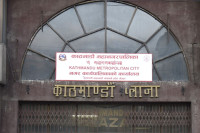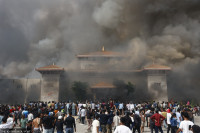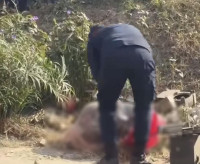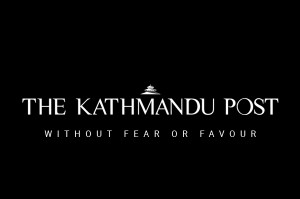Valley
Dangerous microbes found in tap water in Kathmandu
Authorities urge the public to boil water before drinking. Recent tests have shown even jar water is not always safe.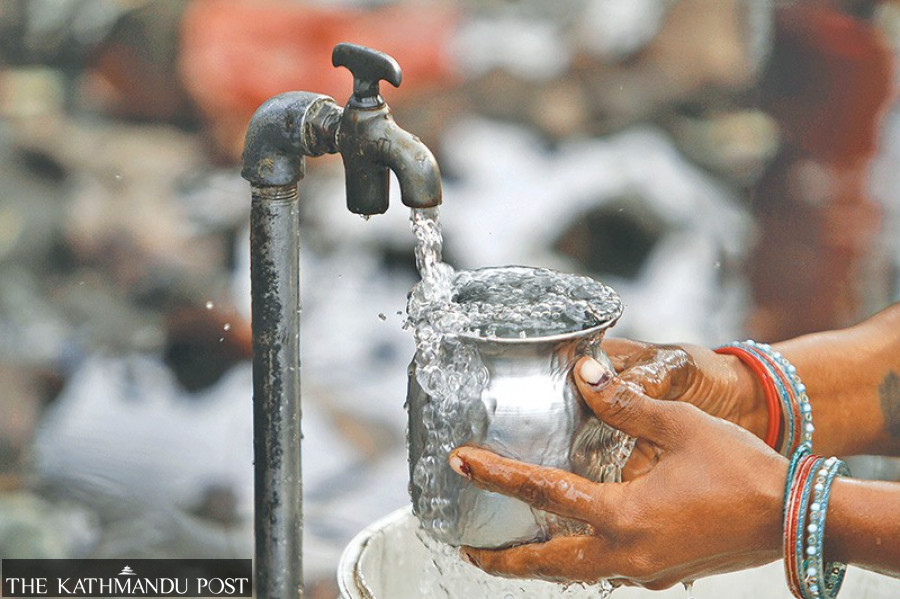
Post Report
The Public Health Office, Kathmandu, has urged the public to boil water before drinking, after tests showed the presence of hazardous microbes in samples of drinking water.
Officials say that water samples collected from Chandragiri, Nagarjun and Tokha municipalities on the fringes of Kathmandu Valley were found contaminated with faecal coliform.
“Of 45 samples of drinking water collected on a random basis, the presence of coliform were found in 12 samples,” said Saroj Roka, an official at the Public Health Office, Kathmandu. “Faecal coliform was detected in three samples in each of the three municipalities.”
Faecal coliforms are microscopic organisms that live in the intestines of warm-blooded animals or their faeces and sewage water. Experts say the microbes grow at 44-45 degrees Celsius.
The presence of faecal coliform means the water used by the municipalities’ residents is contaminated with human excrement or sewage, doctors say.
The National Public Health Laboratory, which regularly tests drinking water quality, also said that the presence of hazardous microbes, which are generally found in sewage or faeces, was detected in almost 50 percent of water samples tested. This means that around 50 percent of the drinking water used in the Valley is unfit for drinking without purification.
“We tested 37 water samples in the last four months,” said Sreska Shrestha, chief of the microbiology department of the laboratory. “Of them, 14 were collected from households, and faecal coliform were detected in all of them. Microbes were detected in some other samples brought for testing by hospitals, municipalities and offices.”
A test of drinking water at the central laboratory costs Rs300. Detection of faecal coliform and other microbes is not new during the monsoon season, as most of the drinking water sources get contaminated with floodwaters.
Testing carried out in water samples collected from various locations in Lalitpur a few days ago also showed presence of faecal coliform.
All water samples collected from household taps in ward 3 of Mahankal Rural Municipality in Lalitpur district were found contaminated with faecal coliform.
Doctors say faecal coliform in tap water suggests increasing health risk. Similarly, even bottled jar water, which is generally considered safer, has also been found problematic. According to a testing carried out by the Public Health Office Lalitpur a few weeks ago on jar water samples collected from various locations in Godavari Municipality, faecal coliform was found in 60 percent samples.
Authorities in the municipality had sealed several factories that supplied the contaminated water.
Every year, thousands of people get infected with water-borne diseases—dysentery, typhoid, hepatitis A and E, and cholera.
Health authorities at the district and local levels are expected to regularly test drinking water samples and take appropriate measures to ensure public safety.
Last year, scores of people from several districts, including Kathmandu and Lalitpur, were infected with cholera. Vibrio cholera 01 Ogawa serotype had been confirmed in the stool sample of an infected patient at the time.
Cholera is a highly infectious disease that causes severe diarrhoea and vomiting, which in turn results in dehydration and can lead to death within a few hours if left untreated. The World Health Organisation says cholera is a global threat to public health and an indicator of inequality and a lack of social development.
The monsoon is an epidemic season in Nepal, during which most sources of drinking water are contaminated with dangerous microbes—E coli and faecal coliform—and thousands of people from across the country become infected with water-borne and vector-borne diseases.
Public health experts have urged authorities to launch an awareness drive about the risks and take measures to ensure the supply of safe drinking water to households.




 13.12°C Kathmandu
13.12°C Kathmandu
